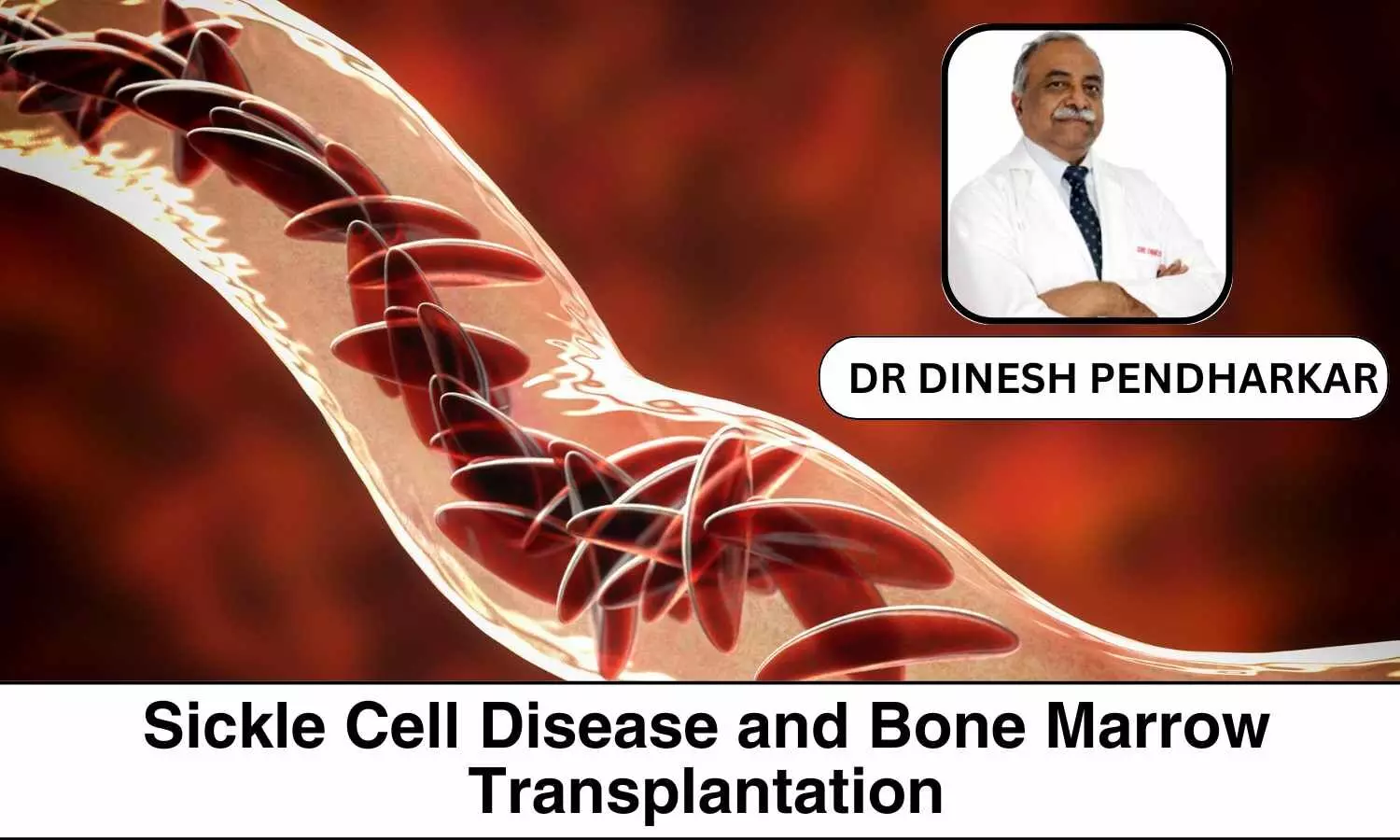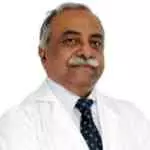World Sickle Cell Day 2024: Sickle Cell Disease and Bone Marrow Transplantation - Dr Dinesh Pendharkar

Sickle cell disease is one of the most common genetic disorders in India. There are more than 100 tribal districts in India where the disease is very common, ranging from tens to hundreds.
This situation is alarming. Thanks to the great efforts of screening by the state, many new patients and carriers are being diagnosed, which is creating new challenges that need to be urgently resolved.
Sickle cell disease is a defect in the production of hemoglobin, the protein responsible for carrying oxygen from the lungs to all parts of the body. Defects in this protein make the red cells fragile, change their shape, and hamper their mobility in the small vessels, causing blockage of vessels.
These episodes lead to slow damage to the organs of the body with pain episodes, malfunctioning of various body parts, and ultimately take away life very early. The uncertainty of these problems renders these people disabled with a very low quality of life and incompatible with normal living.
Patients require constant medication to control pain and transfusion to support hemoglobin. Unfortunately, these measures are not permanent, and there is always the threat of a medical emergency. The complete family swirls around this patient and cannot live a normal social life.
Blood is manufactured by mother stem cells residing in the bone marrow. Mother cells of patients with sickle disease are genetically defective. The only cure for sickle cell disease is to remove these defective cells and replace them with healthy stem cells.
This procedure is known as bone marrow transplantation (stem cell transplantation). Biologically matched donors, generally brothers or sisters, can donate stem cells. The process involves administering injections to donors.
Stem cells float in the blood. The cells are collected from the donor by processes such as blood donation. The patient is admitted to a special sterile unit and given a high dose of chemotherapy. This kills the patient’s bone marrow and factory.
The factory is replaced with stem cells collected from the donor. It takes some time, generally three -four weeks, for cells to grow inside the patient. The process involves some risks, as during this three-week period, the patient is completely deprived of his self-defence and has low platelet and hemoglobin levels.
This is compensated for by blood and platelet transfusions. Sometimes the patient’s body tries to reject the foreign stem cell, causing a special disease called graft-versus-host disease, requiring long-term medications.
Today, bone marrow (stem cell transplantation) is the only cure available for patients with sickle cell disease. There is an urgent need for patients to receive education and for medical institutions to offer the procedure.
The coordination of society, health institutions, and the government together is the only option to offer a cure, improve their quality of life, and save them from daily suffering.


